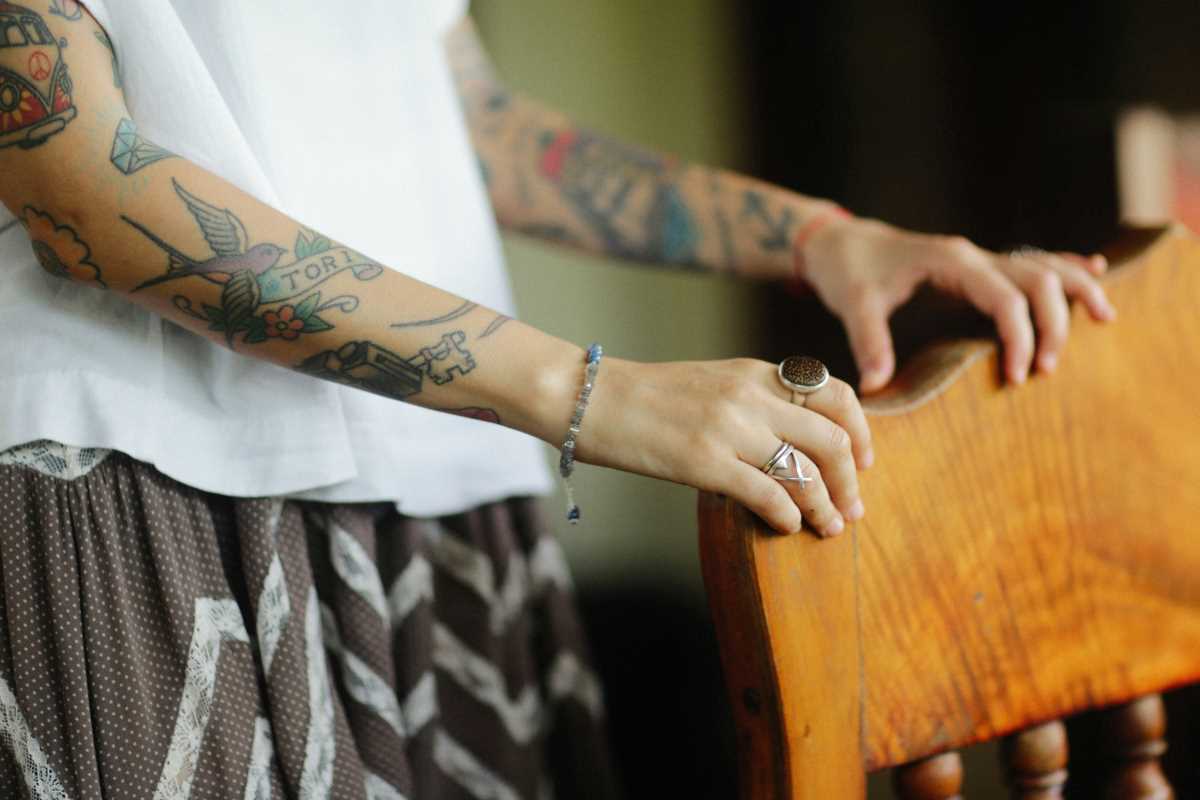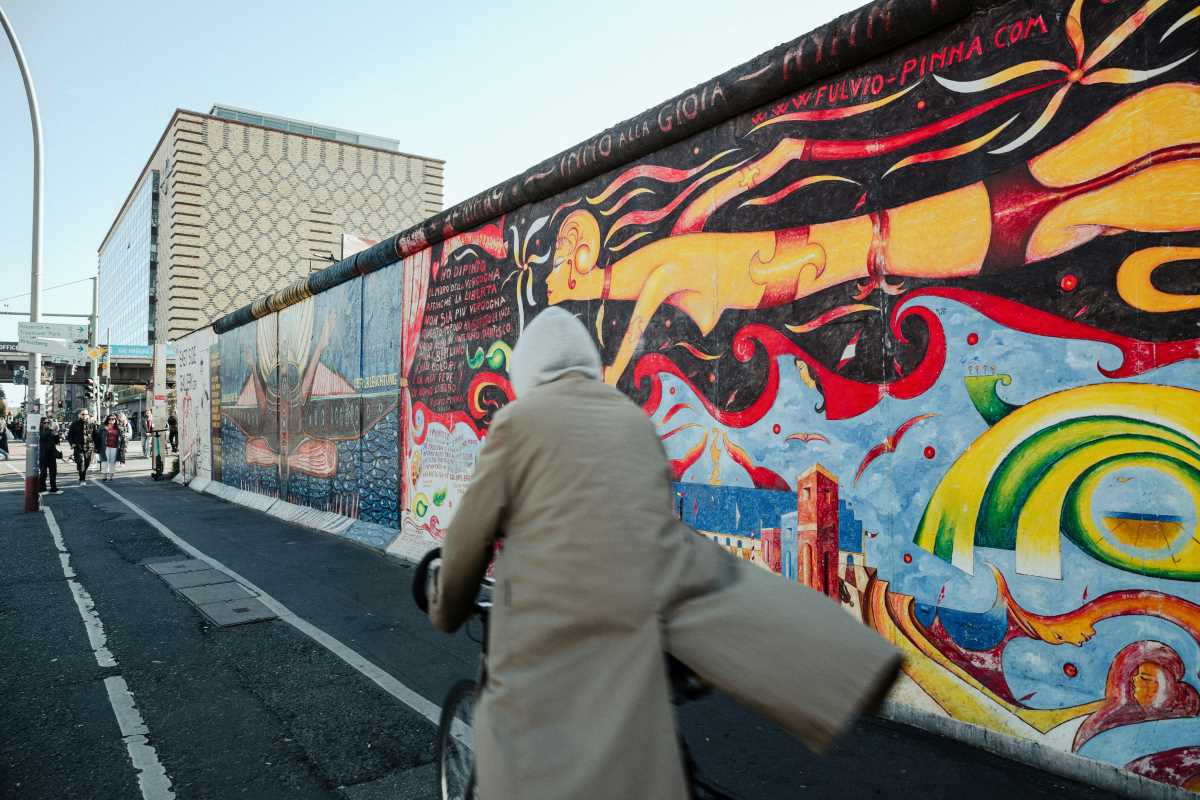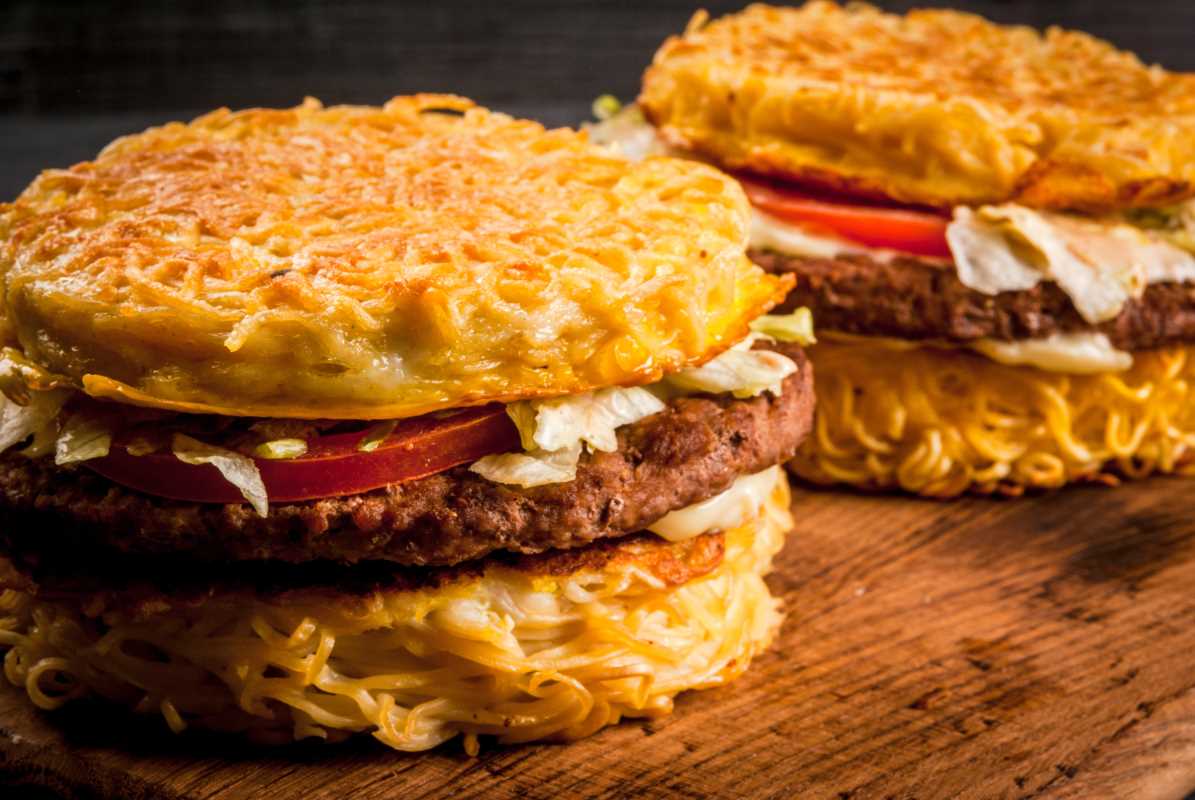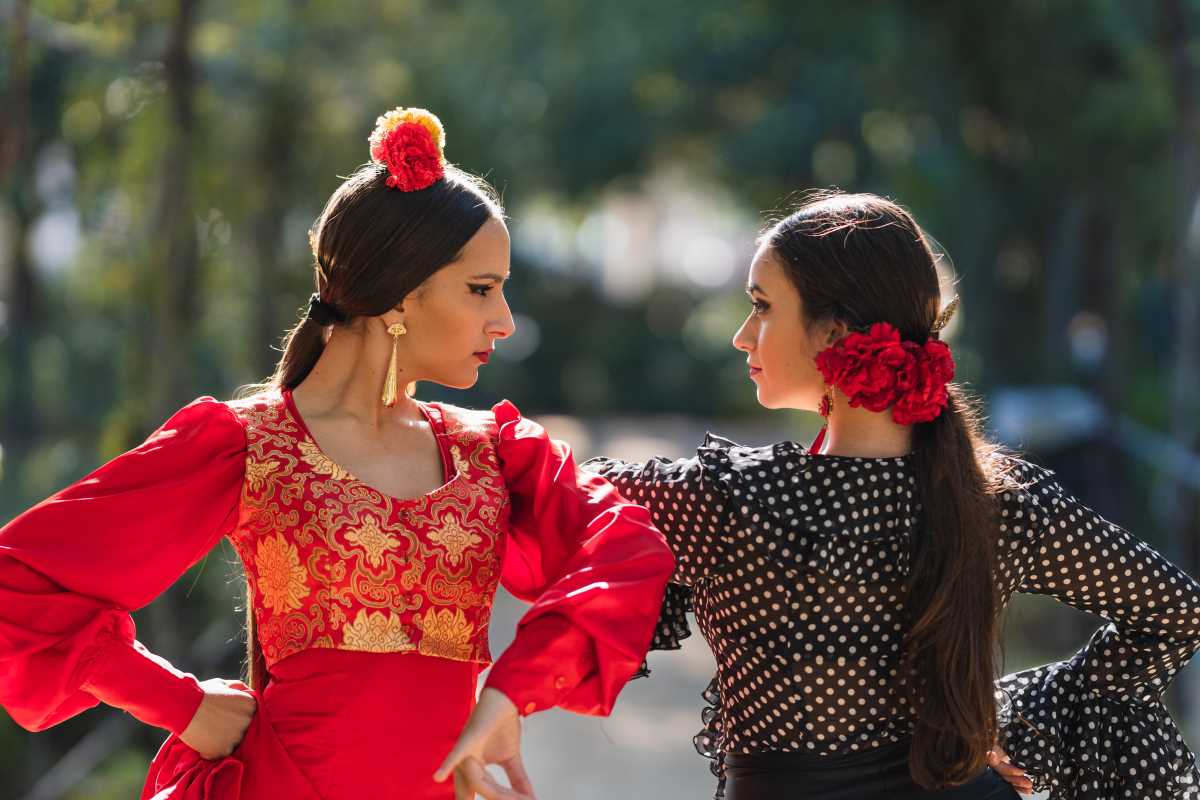Tattoos are so much more than just ink on skin. They’re art, culture, and identity rolled into one. Over the years, tattoo trends have come and gone, but traditional tattoo styles are having a powerful resurgence in 2025. Designs with deep cultural roots, like Polynesian patterns, Japanese irezumi, and American traditional art, are gaining popularity worldwide. These tattoos carry rich histories and stories that appeal to modern enthusiasts looking for meaningful body art. Thanks to social media, celebrities, and the rise of tattoo education through conventions, more people are discovering traditional tattoos and the significance behind them. But with this growing trend comes a critical conversation about cultural respect and appreciation.
Curious about the modern appeal of these ancient styles? Let’s explore the why, how, and what behind this global tattoo renaissance.
What Are Traditional Tattoos?
Before we dig into the current hype, it’s important to understand what makes a tattoo “traditional.” Traditional tattoos are defined by their tie to cultural practices, symbolic meaning, and artistic methods passed down through generations. Across different regions of the world, these tattoos were often created to represent identity, heritage, spirituality, and achievements. From Polynesian tatau to Japanese irezumi and sailor-inspired American traditional tattoos, these styles have distinct aesthetic features and stories behind them.
For example:
- Polynesian Tattoos (Tatau): Polynesian tattoos go back thousands of years and are deeply symbolic. Designs might represent family lineage, protection, or one’s connection to the earth. The placement, like a full-body pe’a for men or a malu for Samoan women, often signifies coming-of-age ceremonies and tribal status.
- Japanese Irezumi: Known for its vibrant imagery like koi fish, dragons, and cherry blossoms, irezumi is often tied to themes like perseverance, strength, and beauty. Historically a mark of craftsmanship, irezumi has also been associated with the Yakuza, Japan’s organized crime groups, giving it an edge of rebellion outside of its cultural context.
- American Traditional Tattoos: Borrowing from sailors and their stories of adventure, this style features bold black outlines, solid colors, and iconic images like anchors, swallows, and roses. Each design carries a specific meaning, such as loyalty or protection during long voyages.
These tattoos look cool, are carriers of heritage, and have a timeless appeal.
Why the Surge in Popularity?
The Search for Meaning
Tattoos have always been personal, but today’s enthusiasts are increasingly looking for ink with deeper significance. Minimalist designs and fleeting trends may have dominated in recent years, but many people are now craving art that connects them to a larger story or history. Traditional tattoos fulfill this desire by offering symbolism and rootedness that make them feel relevant and timeless all at once. For example, a Polynesian tattoo isn’t just about the aesthetic; its carefully chosen lines and shapes represent identity, courage, and spirituality.
Nostalgia and Authenticity
There’s also a nostalgic pull when it comes to traditional tattoos. These styles echo a time when tattoos weren’t just fashion statements but markers of identity, achievement, and cultural belonging. Today’s fast-moving trends don’t always leave room for the depth that traditional tattoos hold. Being inked with a design steeped in history feels like a way to honor the past while staying true to yourself in the present.
The minimalist, Pinterest-inspired tattoo phase set a high bar for "cool and modern," but many tattoo lovers are finding that old-fashioned art speaks to an inner sense of authenticity in a way the latest fads simply can’t.
The Role of Cultural Respect
While the renewed appreciation for traditional tattoos is exciting, it also brings up critical conversations about cultural respect. Many designs, such as Polynesian tatau or Maori moko, have sacred cultural meanings. Getting one of these tattoos without understanding its significance could unintentionally disrespect the communities it comes from.
Artists and enthusiasts alike are advocating for education and mindfulness. If you’re considering a tattoo style from a particular culture, work with a tattoo artist who understands its history. Ask questions. Approach the design with reverence, not as a trendy aesthetic.
Tattoo conventions and workshops often host experts who explain the cultural and spiritual aspects of their art. These efforts help ensure traditional tattoos are appreciated, not appropriated.
Social Media’s Influence
Social media platforms like Instagram and TikTok have helped bring traditional tattoos into the spotlight. Esteemed tattoo artists from around the world post their work online, exposing millions of people to these ancient art forms. For instance, scrolling through Instagram might show you an artist specializing in Japanese full-body suits or a practitioner skilled in hand-poked Polynesian designs.
Hand-poked tattoos have become particularly popular on platforms like TikTok, where short videos showcase both the method and the meaning behind these ancient practices. This exposure not only inspires people to get similar tattoos but also educates them about their history.
Unfortunately, social media is a double-edged sword. It can sometimes strip cultural symbols of their meaning when shared without context, leading to misuse or appropriation. Responsible creators and platforms are increasingly emphasizing education alongside visual appeal, promoting a more intentional way of engaging with traditional tattoo styles.
Tattoo Conventions Celebrate Heritage
Tattoo conventions in 2025 are blending modern artistry with a return to roots. At these gatherings, artists from all over the world demonstrate traditional tattooing methods, like Polynesian hand-tapping or Bornean techniques.
Conventions often include seminars and panels where artists share the cultural stories behind their techniques. For example, attendees might learn about the spiritual preparation required for Samoan tattooing or the intricate narratives woven into Japanese irezumi designs. These events build bridges between cultures and tattoo lovers, ensuring that the revival of traditional tattooing includes a celebration of its origins.
Celebrities Leading the Movement
Celebrities are another driving force behind the traditional tattoo trend. Dwayne "The Rock" Johnson’s Polynesian tattoos, for example, are more than just striking designs. They’re deeply personal and representative of his Samoan heritage, including stories of family, achievements, and community.
Other celebrities, such as Rihanna and Adam Levine, have embraced designs inspired by traditional styles, from tribal motifs to Japanese themes. When stars share the meaning behind their tattoos, it sparks curiosity and admiration from fans, often leading to greater awareness and appreciation for traditional tattoo practices.
Traditional Tattoos in Everyday Life
One of the most fascinating things about traditional tattoos in 2025 is how seamlessly they fit into modern aesthetics. You might spot someone with an intricate Japanese irezumi sleeve paired with business attire or a simple Polynesian band adding flair to a casual outfit.
The versatility of traditional designs makes them adaptable to contemporary tastes while maintaining their deep connection to the past. Many people also appreciate the timelessness of these styles. Their bold lines, vibrant colors, and symbolic elements remain captivating decades after they’re first inked.
 (Image via
(Image via





